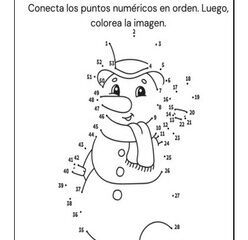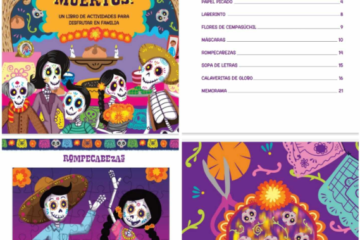Regular Conditional Verbs
As with the future tense, we don’t need to bother removing the “-ar,” “-er,” or “-ir” endings when conjugating in the conditional. We use the entire infinitive as our stem. And again, it doesn’t matter what kind of verb it is. Every verb uses these endings:
“-ar” / “-er” / “-ir” endings:
| -ía | -íamos |
| -ías | -íais |
| -ía | -ían |
If those endings look familiar, they should. They’re exactly the same as the imperfect “-er” / “-ir” verb endings. How can different tenses have the same endings? Remember that here we’re adding them to the whole infinitive, not just the stem.
Some examples:
hablar:
| hablaría | hablaríamos |
| hablarías | hablaríais |
| hablaría | hablarían |
comer:
| comería | comeríamos |
| comerías | comeríais |
| comería | comerían |
vivir:
| viviría | viviríamos |
| vivirías | viviríais |
| viviría | vivirían |
Irregular Conditional Verbs
The bad news: there are irregular conditional verbs. The good news: all the irregularities are exactly the same as the irregular future verbs you already know. We just add the conditional ending to the same irregular stems:
| infinitive: | stem: |
|---|---|
| caber (to fit) | cabr- |
| decir (to say, to tell) | dir- |
| hacer (to make, to do) | har- |
| poder (to be able to) | podr- |
| poner (to put) | pondr- |
| querer (to want) | querr- |
| saber (to know) | sabr- |
| salir (to leave, to go out) | saldr- |
| tener (to have) | tendr- |
| valer (to be worth) | valdr- |
| venir (to come) | vendr- |
Using the Conditional
When should you use the conditional? The primary reason is to discuss hypothetical situations that may or may not yet occur. These situations are contingent upon some other condition or situation.
Sometimes the condition isn’t explicitly stated and we’re left to guess what it is:
Yo terminaría mi tarea.
I would finish my homework.
Sometimes the condition is alluded to with a simple prepositional phrase:
Con más tiempo yo terminaría mi tarea.
With more time I would finish my homework.
Sometimes the condition is a specific, present-tense circumstance introduced with pero:
Yo terminaría mi tarea pero no tengo tiempo.
I would finish my homework but I don’t have time.
And sometimes the condition itself is a hypothetical one introduced with si:
Yo terminaría mi tarea si tuviera más tiempo.
I would finish my homework if I had more time.
Pixel Art Activity
Self-checking Conditional Tense activity using Google Sheets
★ INCLUDED
1 page Google Sheets (30 questions)
★ HOW IT WORKS
Students enter their answers in the answer column. If the answers are correct, the image starts to appear piece by piece. Colors do not appear for incorrect answers.
You can quickly assign each student a copy of the paperless using Google Classroom Canvas or Schoology.
★ Simple Steps
1. Create two copies of the Google Sheets (one for yourself as your answer key and the other is the one you share with your students.
2. Do not forget to delete answers in the “answer” column before sharing with students.



